Prime Minister Narendra Modi has announced plans to make India more self-reliant as part of its post-COVID-19 recovery plans. However, certain aspects of the Atmanibhar Bharat drive raise significant questions over whether it will in fact ensure resilience and recovery for the short or long term. For instance it includes the auction of 40 new coalfields, of which 80% cover land home to ancient forests and indigenous tribes.

One targeted area, the Hasdeo Arand in Chhattisgarh, is rich in culture and biodiversity, with elephants, leopards and sloth bears as well as being home to tribal communities such as the Gond. Beneath it, lie an estimated 5 billion tonnes of coal. The auction has been opposed by four state governments as well as local communities. One ‘block’, which coincided with a tiger reserve, has been removed indicating the important role of informed and engaged civil society.
So what?
The sale of the coalfields by auction will create a new commercial coal sector, which Modi hopes will make India the world’s largest exporter of coal, with huge implications for both local pollution and global carbon emissions. India is already home to 14 out of the world’s 20 most polluted cities.
Precedents give some idea of the potential fall-out. In 2011, two large mines were opened on the edge of the Hasdeo Arand, leading to surges in pollution, crime rates and also deaths caused by disturbed elephants. For forest dwellers, not only their homes and surroundings but their way of life and livelihoods are now under severe threat. The auction has been opposed by four state governments as well as local communities. One ‘block’, which coincided with a tiger reserve, has been removed.
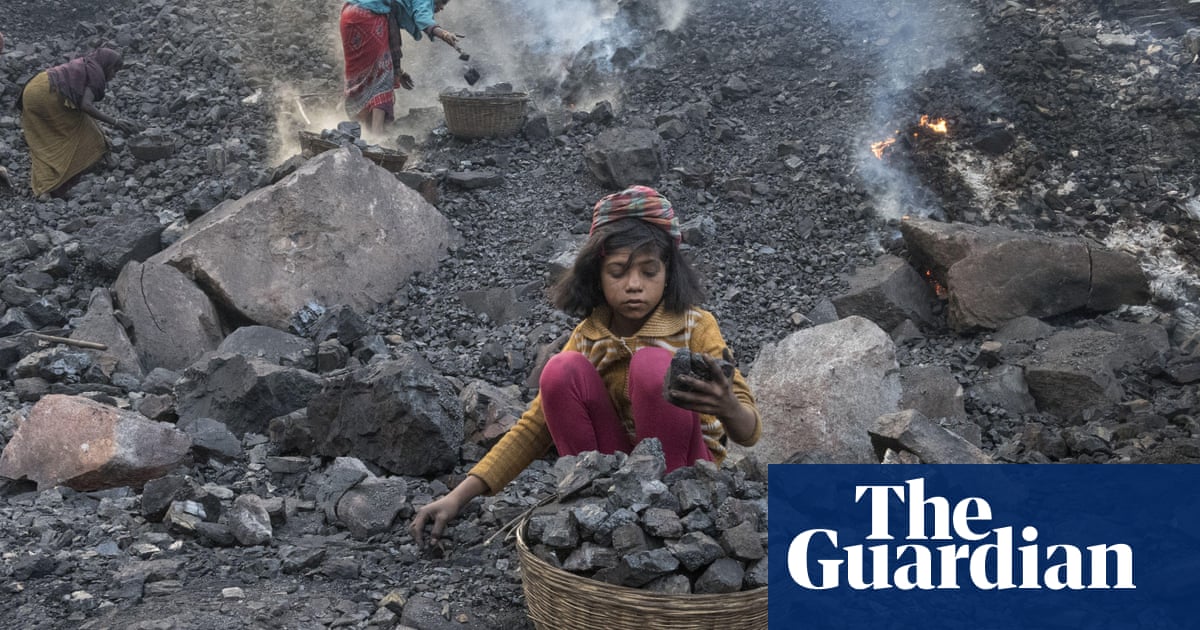

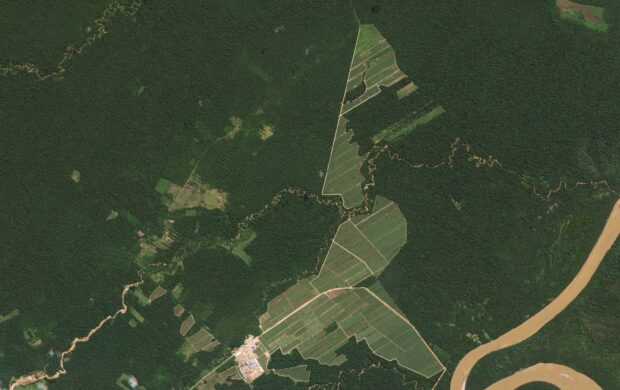

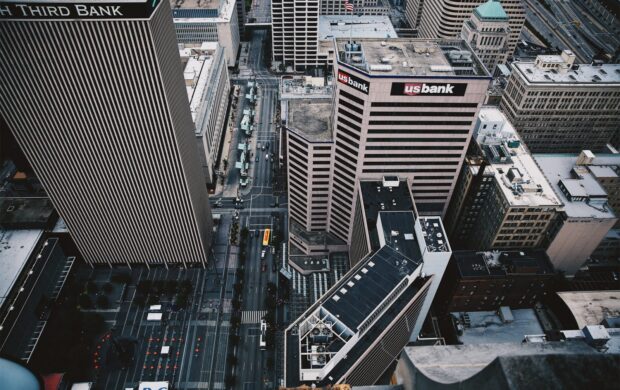
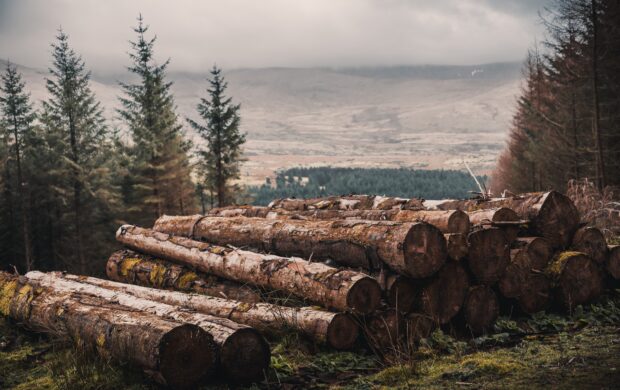
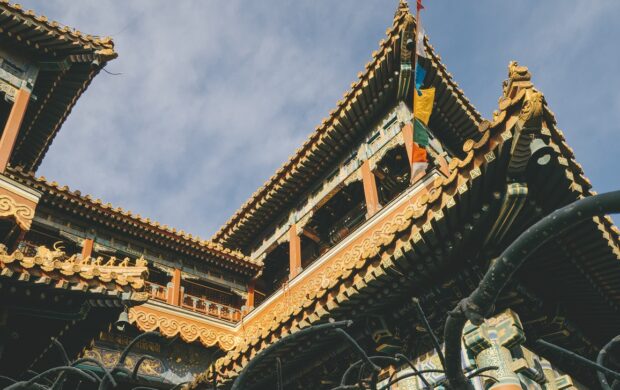
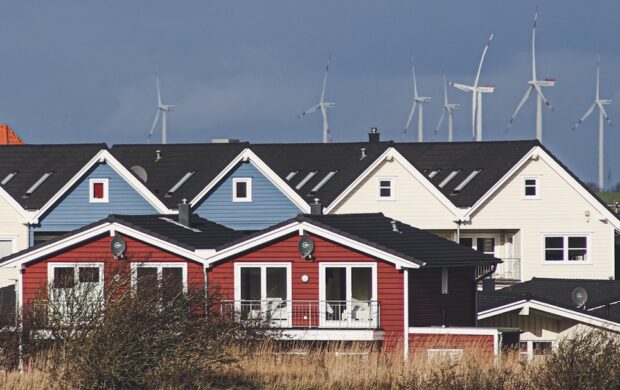
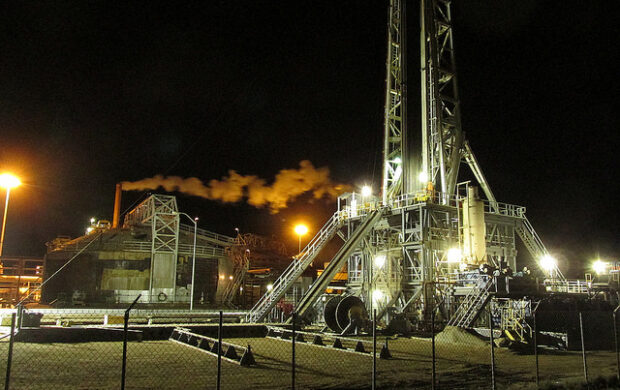
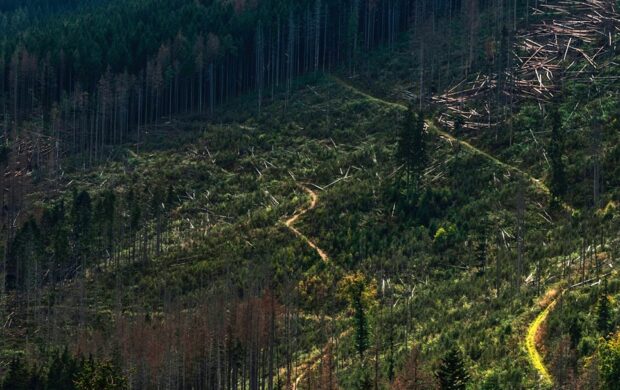
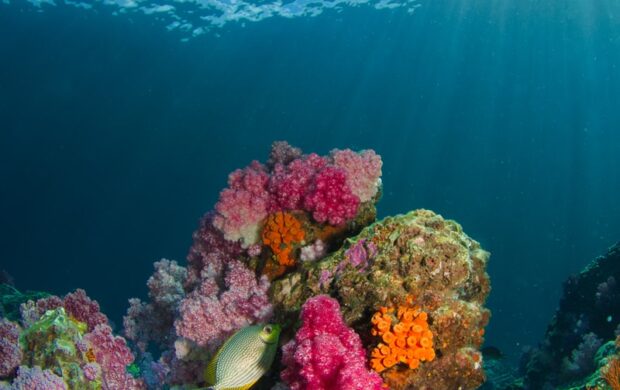
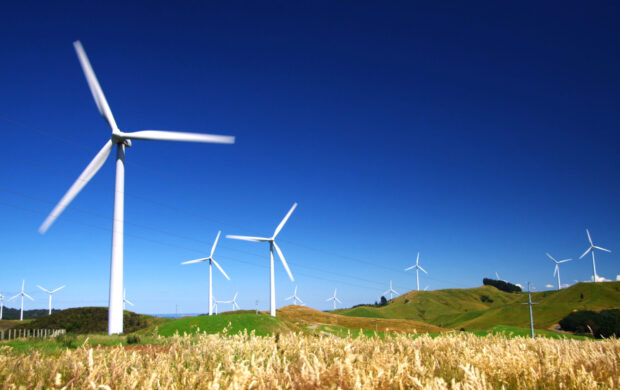
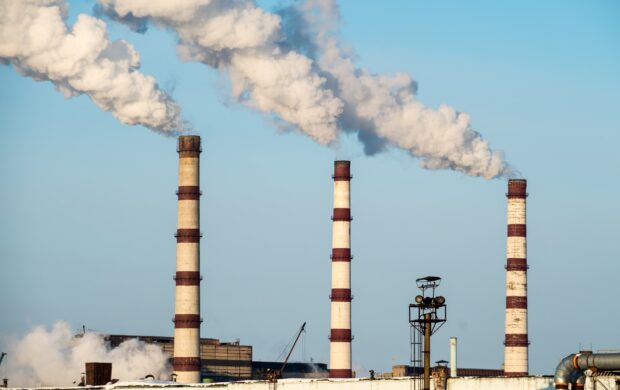
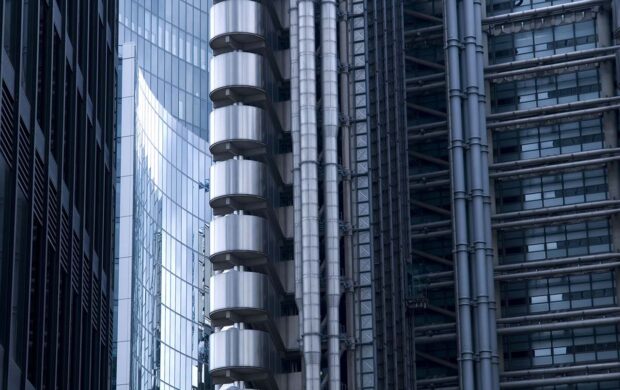
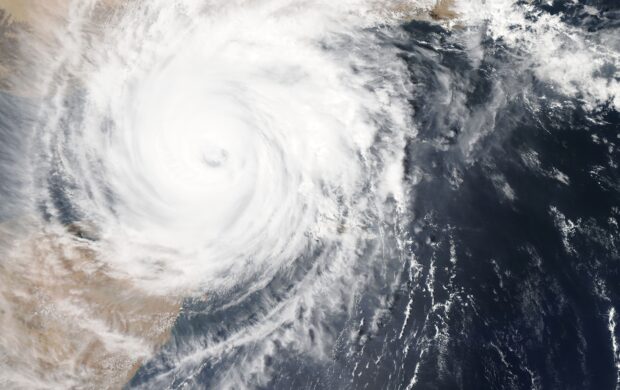

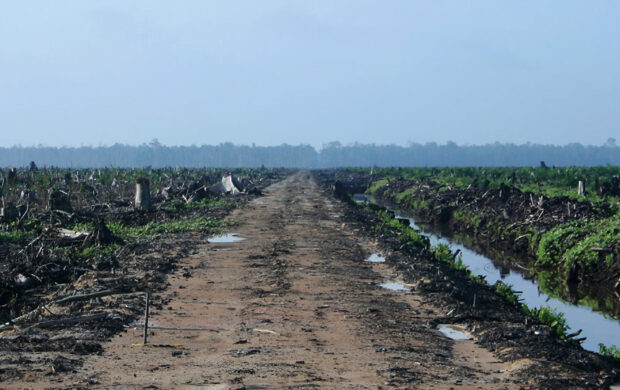

Join discussion